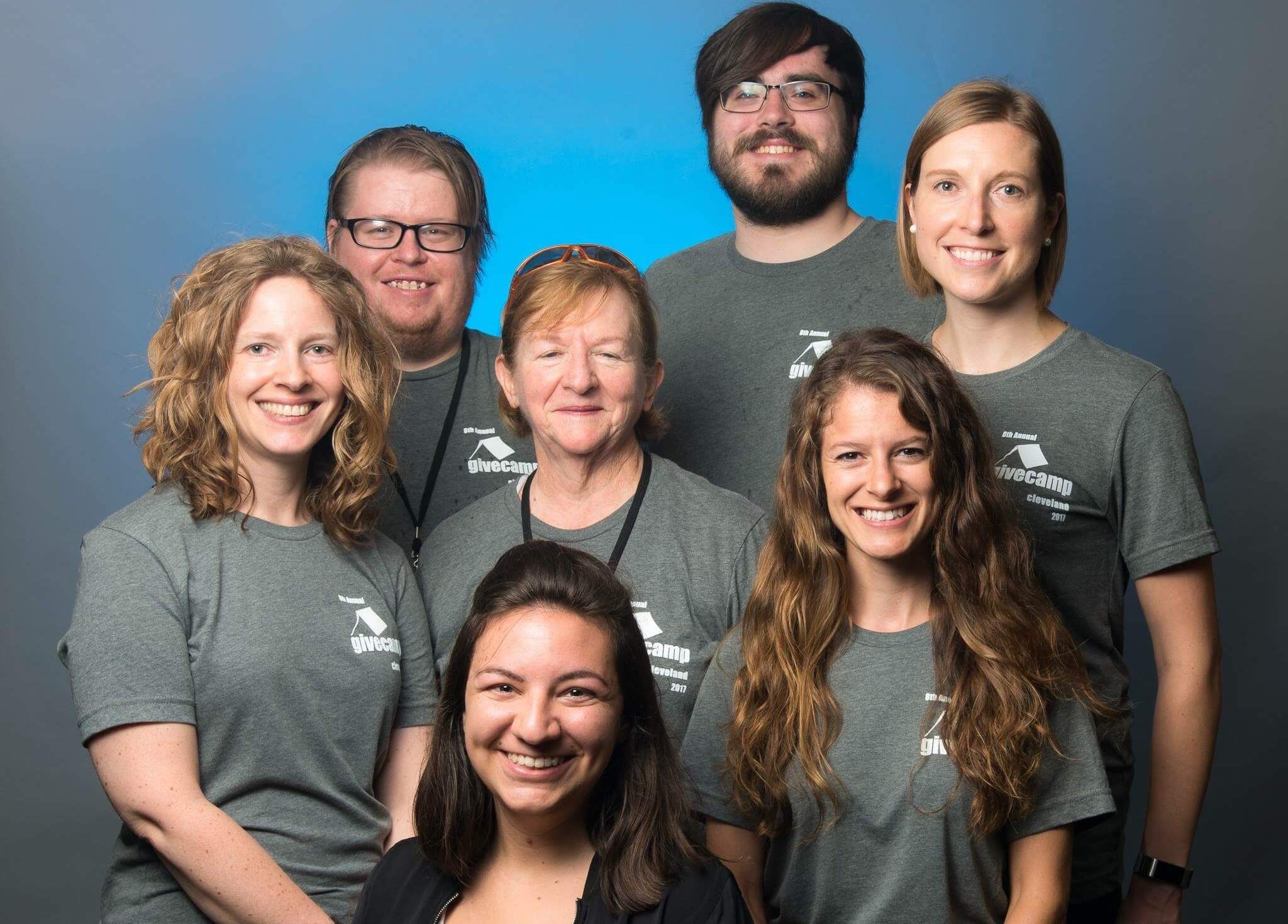What Does COVID-19 Look Like in a Third World Country?
Due to COVID-19, Kenya, an already low-income country, is facing greater economic hardships than ever. With astronomical unemployment rates, cancellation of the school year, and corrupt government implications, Kenya’s recovery from the coronavirus pandemic appears grim.
Economic Frailty
Approximately 50% of Kenya’s workforce is out of work due to lock-downs and lay-offs. To make matters worse, Kenyans have suffered from locust invasions along with deadly and displacing floodings.
Inhumane Government Practices
Kenyan’s were previously under abusive conditions that involved government quarantine facilities that lacked proper sanitary measures and increased the risk of contracting COVID-19. People who experienced COVID-19 symptoms, travelers, and those who broke curfew, were subject to these government quarantine facilities. Physical and emotional misconduct, such as lack of food, water, and cleaning supplies, and even police beatings were reported.
New guidelines are now in place for home-based isolation and Human Rights Watch are keeping an eye to ensure public rights and safety are remaining in effect.
Education’s Widening Divide
In July, education officials announced the cancellation of the rest of the school year, considering 2020 to be a wash. This means students will have to repeat their current academic year, and are not expected to return until the beginning of the Kenyan school year in January.
Along with prevention of spreading the virus, the school year was cancelled due to the large socioeconomic gap prevalent in Kenya. With the mass amount of students lacking resources, such as laptops, internet, and even electricity, remote learning is not possible in many rural communities.
Unfortunately, the cancellation will most likely widen the gap between students, as some families who can afford it are considering enrolling their children in private foreign schools. This will enable them to pass on to the next grade, leaving impoverished students even further behind.
Most likely, many kids will never return to school. With the recent shutdown teen pregnancies are on the rise and, according to studies, as few as 10% of teen moms go back to school.
Along with school closures, school food programs will also close, causing hunger to become even higher.
COVID-19’s Impact on LINC’s Progress
In the midst of the pandemic, the health and safety of our workers is top priority as we continue to make progress on our school. Although we are heartbroken we could not make our annual trip to Kenya, we are working with Kenyan liaisons to stay up-to-date on current events and the progress being made. The outbreak has allowed us to take a step back and reevaluate precautions we will need to make when opening the school.
Our next phase of construction is to dig a well to provide clean running water for the school and community. If coronavirus has taught us anything, it’s that washing our hands is crucial to help stop the spread of germs. The impact of digging a well in Awasi has become even more critical to ensure the health and safety of our Kenyan brothers and sisters.
Education to End Poverty
Our heart’s hurt for the horrendous conditions Kenyans are facing. The current climate magnifies the impact education has on these children’s lives. Schooling has been a difficult decision here in the states regarding the pandemic, and education has been far from consistent for our youth. The people of Awasi have been subject to this lack of educational consistency their entire lives, making it extremely difficult to break the cycle of poverty. It is more apparent and relatable than ever why our school can, and will, make a tremendous difference to the youth in Awasi.
Written By: Marisa Fee









